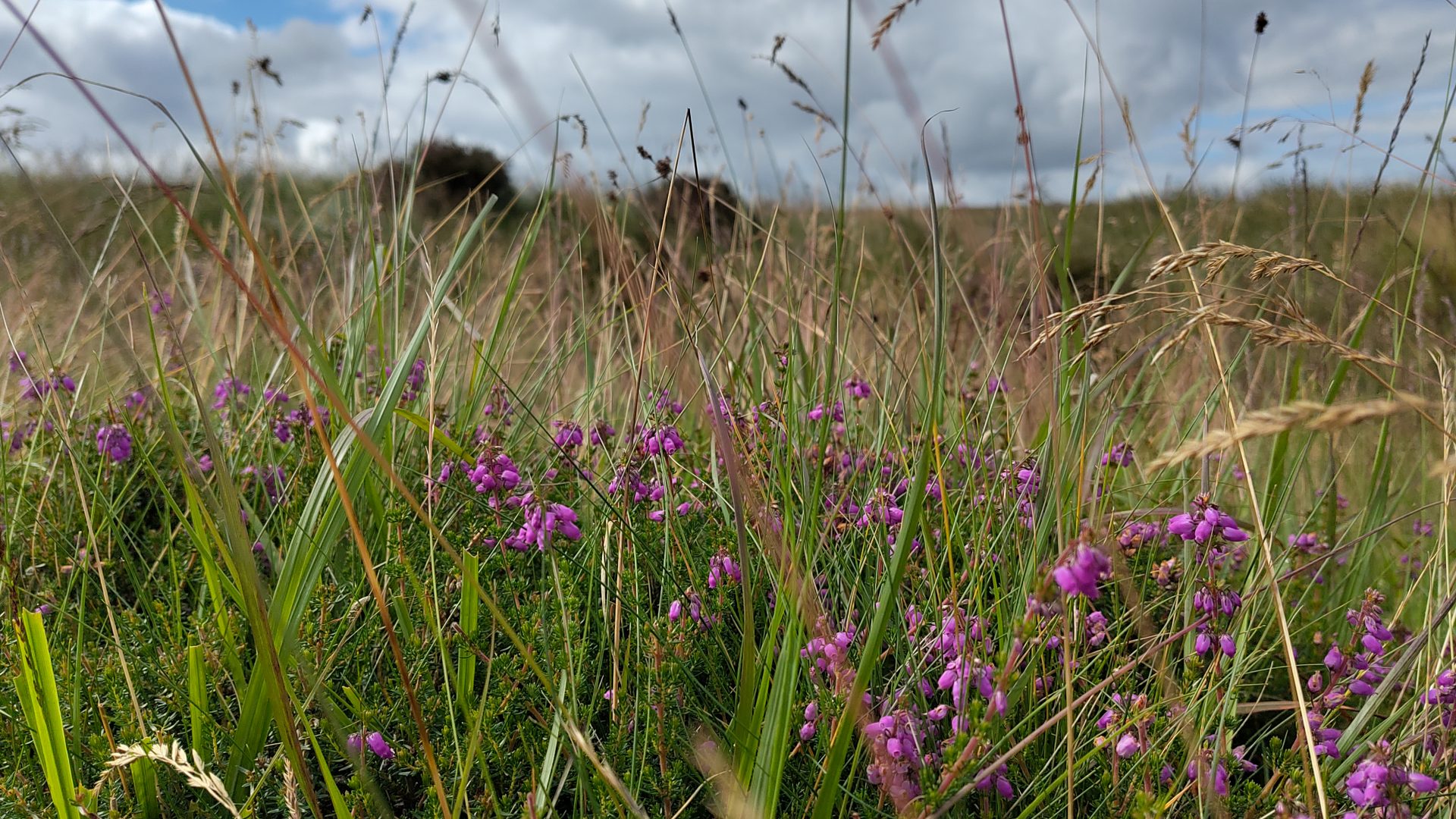
Imagining the next 75 years of National Parks
Published: 28 November 2024
Originally published in our Viewpoint magazine (Issue 85 Autumn/Winter 2024) as part of our New Perspectives project.
This year, we stand looking back on the legacy of the last 75 years of National Parks. Ahead of us, the next 75 years these living landscapes face. We are reminded of the brilliant people behind the original campaign to protect the country’s most important landscapes for nature and recreational access.
National Parks were envisioned by name as national, to give us all opportunities to fulfil our innate need for time in ‘wild country’. The Standing Committee on National Parks recognised the danger forward progress in economic development, though bringing many social benefits, unchecked by protecting landscapes for this purpose posed. With economic recovery after the second world war came new towns and ambitious public bodies forging ahead to create a Greater Britain. This drive has arguably rarely let up. Today, land use practices driven by economic pressure are in turn driving an unprecedented decline in biodiversity in our Protected Landscapes and our modern lifestyles draw us further away from nature.
John Dower’s vision for National Parks, where everyone could have fair access to the experience of walking for a whole day immersed in nature, is as aspirational now as it was then. Much of the land in National Parks remains privately owned (90% or more in most Parks in England and Wales) and the campaign for greater rights for everyone to access this land goes strong. Many groups are afforded fewer opportunities to visit our National Parks than others. Access is still largely split along the class divide, with people from minoritised ethnic backgrounds, disabled people, young people and older people also amongst the least likely to visit (as identified in the 2019 Landscapes Review).
Yet, the need remains as acute as ever. Our NHS faces a growing mental and physical health crisis, and our increasing societal disconnect from nature is a key driver of the decline in species abundance and biodiversity in our country and the world over.
Now, in 2024, we are also facing the huge challenge of the climate crisis. Our Protected Landscapes are suffering from the effects of changing weather and rising temperatures. We know that despite their designation, these landscapes have not been sufficiently protected by the action of the last 75 years.
Though granite tors, chalk cliffs and limestone mountains move at a pace so slow they seem unchanging, the challenges these landscapes face, and the ways we need to protect them, change constantly. The Standing Committee’s 1938 ‘Case for National Parks in Great Britain’ put this well, “National Parks are not merely a work of preservation.” Protected Landscapes cannot thrive into the next 75 years to 2099 by simply preventing further decline. Now as then, “a positive side is equally necessary, not only to secure and increase access […] but also to preserve wildlife and to maintain landscape beauty and effective farming use.” To achieve positive change at the pace necessary, we need bold and radical action. We need to achieve something as transformative as their designation itself.
How can we reframe the stories we tell about Protected Landscapes to achieve this landmark change over the next 75 years? I recently took a walk to the boundary of the Peak District National Park to see if creativity may be just what we need.
Radical imagination is the suggestion that by envisioning our ideal long-term future we can better understand the way through the issues of the present. In the next 75 years to 2099 there will be huge changes in UK landscapes and in the way we as humans live on this planet. When we think about our current biodiversity and climate crisis, and the challenges we already face advocating for National Parks, it’s hard to be optimistic. Most of the time we envision things getting worse. Radical imagination invites us to envision things getting better.
How can National Parks be set up for nature to thrive? What is a future like where National Parks belong to everyone? And, most importantly, what is the transformative action needed to get us there?
National Parks were created on precedents, on the original notion someone had that landscapes could be protected for nature and people. To create National Parks that can thrive to 2099, we need to embody a similar idea; that they can.
In 2099, perhaps I as a 99-year-old or more likely a member of a future generation, may look back on our movement now in a similar way to how I have come to regard our campaign’s founders through researching for this article. As the generation that created bigger and better National Parks, opened them up for everyone and brought nature back from the brink.
More like this

Viewpoint 85 | Autumn / Winter 2024
Read Viewpoint 85, a special edition youth edition for the 75th anniversary of National Parks, filled with news, stories, insights and unheard gems from across the National Parks of England and Wales

Join us as a Friend
Help safeguard the future of beautiful places – and everyone’s right to enjoy them – by becoming a Friend of Campaign for National Parks from just £3 a month.

